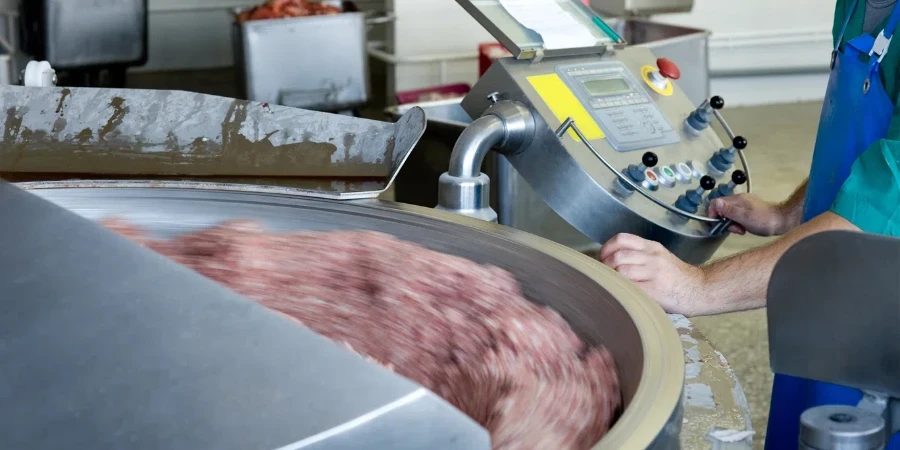The global meat mixer market has seen rapid advancements, with the market value projected to reach $12.03 billion by 2028. This article delves into the latest trends, innovations, and essential criteria for selecting a meat mixer. Professional buyers will find valuable insights to make informed decisions, ensuring their operations are efficient and up-to-date with industry standards.
Table of Contents:
-Global Meat Mixer Market: A Comprehensive Overview
-Key Factors When Selecting a Meat Mixer
-The Role of Technology in Modern Meat Mixers
-Maintenance and Upkeep of Meat Mixers
-Final Thoughts
Global Meat Mixer Market: A Comprehensive Overview
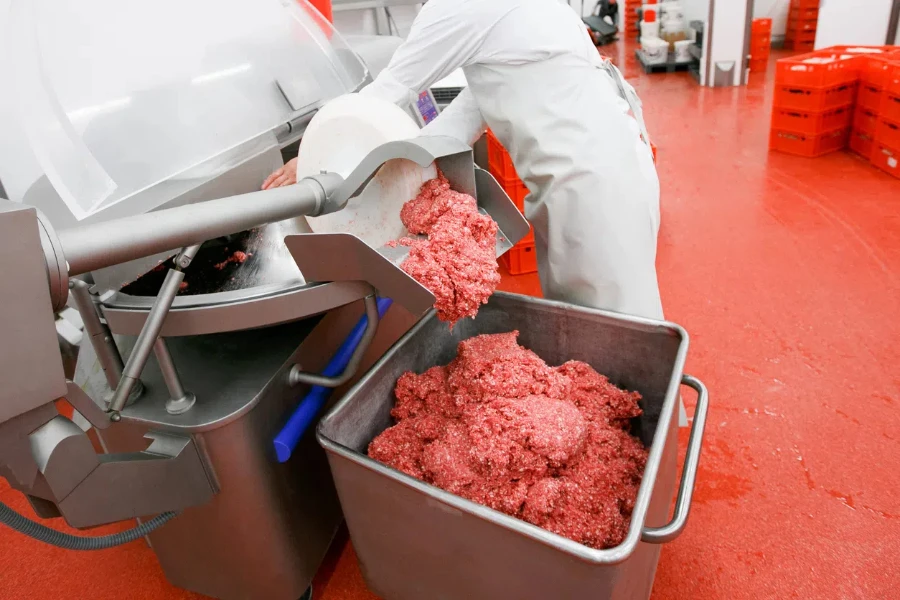
Market Overview
The global meat mixer market has experienced significant growth recently, driven by the rising demand for processed and convenience foods. By 2024, the market value for food blenders and mixers, including meat mixers, is estimated at $9.15 billion and is projected to reach $12.03 billion by 2028, with a compound annual growth rate (CAGR) of 7.1%. The meat mixer segment is crucial to this growth, particularly due to the increased consumption of processed meat products like sausages, patties, and meatballs.
Key regions contributing to this market’s growth include North America, Europe, and Asia-Pacific. In 2023, North America held the largest market share, approximately 31.32% of the total market. The Asia-Pacific region is expected to be the fastest-growing market, with a projected CAGR of 9.59% during the forecast period. Factors such as increasing urbanization, rising disposable incomes, and changing dietary preferences in these regions significantly drive market expansion.
The meat mixer market is segmented into types such as high shear mixers, shaft mixers, ribbon blenders, and double cone blenders. High shear mixers are expected to witness the highest growth due to their efficiency in handling tough-to-mix materials. The market is also segmented by technology into batch and continuous mixing, with batch mixing holding the largest market share due to its versatility and efficiency in small to medium-scale production.
In-Depth Market Analysis
The meat mixer market is characterized by key performance benchmarks and market share dynamics. High shear mixers, which accounted for 26.18% of the total food blenders and mixers market in 2023, are expected to continue their dominance due to their superior performance in emulsifying, homogenizing, and dispersing meat mixtures. Advanced technologies like clean-in-place (CIP) systems and smart features such as programmable settings and touch interfaces are enhancing the operational efficiency and user experience of meat mixers.
Economic factors like rising disposable incomes and increased consumer spending on convenience foods significantly impact the meat mixer market. The shift towards health-conscious and high-protein diets has also increased the demand for meat products, driving the need for efficient meat mixing solutions. The integration of digitalization and automation in meat mixers is further streamlining production processes, reducing labor costs, and improving product consistency.
Consumer behavior is shifting towards more sustainable and eco-friendly products. This trend is evident in the meat mixer market, with manufacturers focusing on developing energy-efficient and durable mixers made from recyclable materials. Companies are also investing in ergonomic designs to enhance user comfort and reduce noise.
Distribution channels for meat mixers include traditional retail and online platforms. The growth of e-commerce is providing significant opportunities for market players to reach a broader customer base. Additionally, the increasing preference for customizable and scalable equipment is driving innovation, with companies offering a wide range of options to meet diverse consumer needs.
Recent Innovations and Trends
The meat mixer market has seen several recent innovations aimed at improving efficiency, sustainability, and user convenience. For instance, JBT Corporation launched the FVPGrow and Chopper Blender SE technologies, designed for processing juice and purée for consumers needing compact and adaptable technology. These innovations ensure consistent and efficient mixing of ingredients, particularly beneficial for meat processing.
Another notable innovation is the Pigeon Nutri Mixer 900, launched by Stovekraft in 2023. This all-in-one mixing, juicing, boiling, and grinding system streamlines cooking processes, providing users with a multifunctional appliance that can handle various tasks. Such innovations enhance the versatility and functionality of meat mixers, making them more appealing to both household and commercial users.
Sustainability is a key trend in the meat mixer market, with manufacturers focusing on energy-efficient designs and using recyclable materials. The integration of smart technologies, such as Bluetooth connectivity and programmable settings, is also gaining popularity, offering users enhanced convenience and precision. These technological advancements are improving the performance of meat mixers and aligning with the growing consumer preference for sustainable and user-friendly products.
Key Factors When Selecting a Meat Mixer
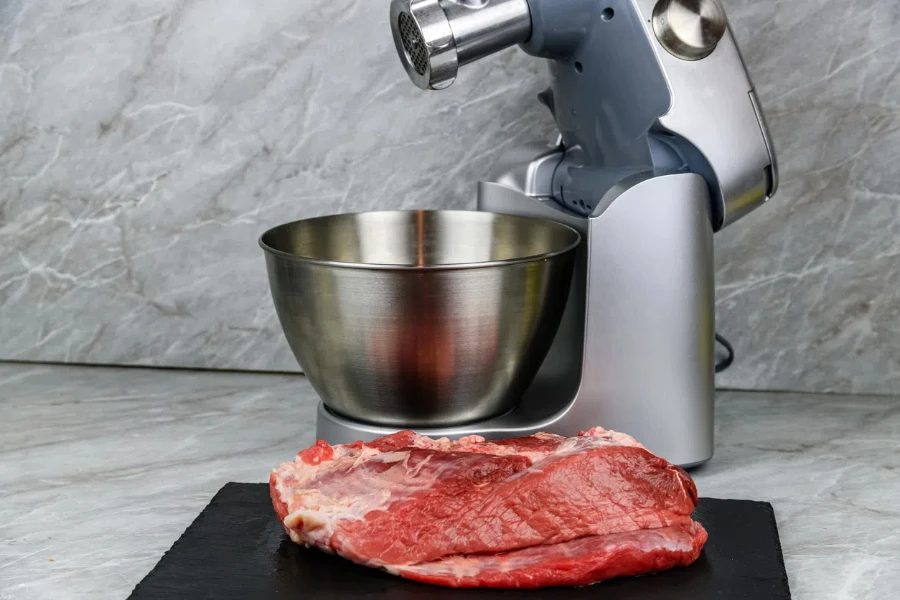
Types of Meat Mixers
When selecting a meat mixer, understanding the different types available is essential. The two primary categories are manual and electric meat mixers, each with distinct functionalities. Manual meat mixers are suitable for small-scale operations where the volume of meat processed is relatively low. They require physical effort to mix the meat, making them less efficient for high-volume needs. In contrast, electric meat mixers are designed for larger operations, offering greater efficiency and consistency. These mixers come with powerful motors that can handle substantial quantities of meat, making them ideal for butcher shops and commercial kitchens.
Performance and Functionality
Performance is a critical factor in selecting a meat mixer. The efficiency of a meat mixer is often measured by its mixing capacity and speed. Higher-end models can mix up to 500 pounds of meat per hour, significantly enhancing productivity. Additionally, the functionality of the mixer, such as multiple speed settings and programmable timers, can influence its performance. Advanced mixers may also offer reverse functions that help achieve a more homogeneous mix by changing the direction of the mixing blades.
Technical Specifications
Technical specifications are vital in determining the suitability of a meat mixer for specific applications. Key specifications to consider include the motor power, which can range from 0.5 to 1.5 horsepower, and the size of the mixing bowl, which typically varies from 20 to 80 quarts. The build material, often stainless steel, ensures durability and ease of cleaning. Additionally, safety features such as automatic shut-off mechanisms and safety guards are crucial for preventing accidents during operation.
Build Quality and Durability
The build quality and durability of a meat mixer are paramount for long-term use. High-quality mixers are constructed with robust materials like stainless steel, which resist corrosion and wear. The durability of the mixer is also influenced by the quality of its internal components, such as gears and motors. Investing in a well-built mixer ensures consistent performance and reduces the need for frequent repairs or replacements. Moreover, durability is often reflected in the warranty offered by the manufacturer, with premium models providing extended coverage.
Safety Standards and Certifications
Adhering to safety standards and obtaining relevant certifications is essential for any commercial meat mixer. Certifications from recognized bodies like the NSF (National Sanitation Foundation) ensure that the mixer complies with health and safety regulations. These certifications indicate that the mixer is designed to prevent contamination and is safe for use in food processing environments. Additionally, compliance with OSHA (Occupational Safety and Health Administration) standards ensures that the mixer is safe for operators, reducing the risk of workplace injuries.
The Role of Technology in Modern Meat Mixers
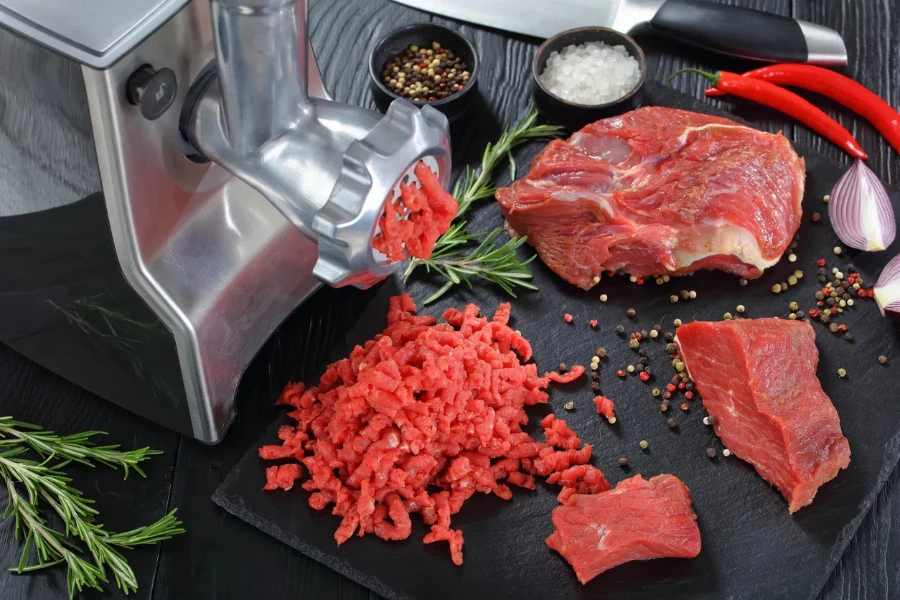
Integration of Smart Technology
Modern meat mixers are increasingly incorporating smart technology to enhance their functionality. Features such as digital controls, programmable settings, and IoT (Internet of Things) connectivity allow for greater precision and control over the mixing process. Smart mixers can be programmed to follow specific recipes, ensuring consistent results every time. Additionally, IoT connectivity enables remote monitoring and control, allowing operators to adjust settings and monitor performance from their smartphones or other devices.
Energy Efficiency
Energy efficiency is a significant consideration in the design of contemporary meat mixers. Energy-efficient models are equipped with advanced motors and control systems that optimize power consumption without compromising performance. These mixers often feature automatic shut-off functions that reduce energy usage when the mixer is not in use. Investing in an energy-efficient meat mixer not only reduces operational costs but also minimizes the environmental impact, aligning with sustainable business practices.
Compatibility with Other Devices
The compatibility of a meat mixer with other devices and systems in a commercial kitchen is crucial for streamlined operations. Modern mixers are designed to integrate seamlessly with other equipment such as meat grinders, sausage stuffers, and packaging machines. This compatibility ensures a smooth workflow, reducing the time and effort required to transfer meat between different processing stages. Additionally, mixers that are compatible with standard attachments and accessories offer greater versatility and can be customized to meet specific production needs.
Maintenance and Upkeep of Meat Mixers
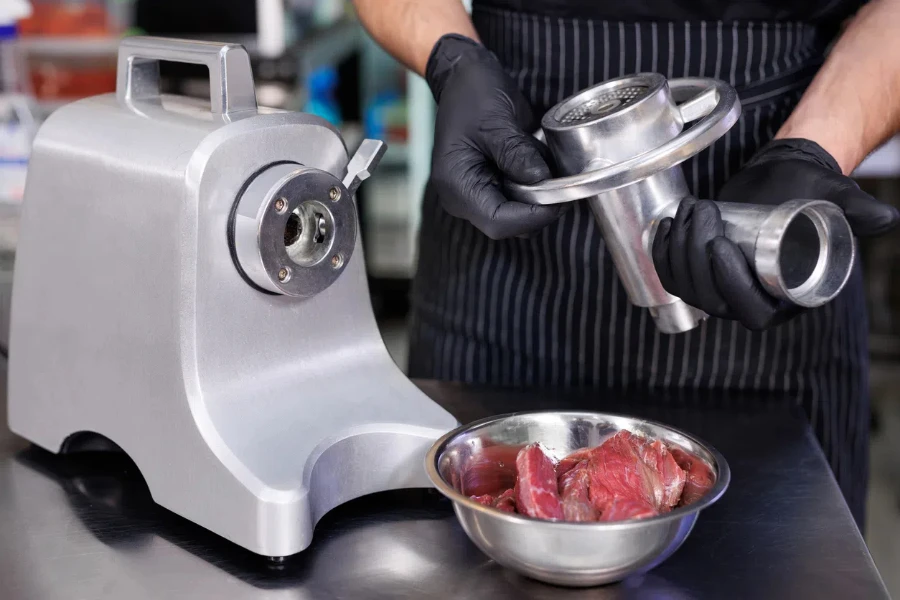
Regular Cleaning and Sanitization
Maintaining the hygiene of a meat mixer is essential for ensuring food safety. Regular cleaning and sanitization prevent the buildup of bacteria and contaminants. Meat mixers should be designed for easy disassembly, allowing for thorough cleaning of all components. Stainless steel parts are preferable due to their resistance to corrosion and ease of sanitization. Following the manufacturer’s cleaning guidelines and using appropriate cleaning agents ensures the mixer remains in optimal condition.
Lubrication and Part Replacement
Proper lubrication of moving parts is vital for the smooth operation of a meat mixer. Regular lubrication reduces friction and wear, extending the lifespan of the mixer. It is also important to regularly check and replace worn-out parts such as blades, belts, and gears. Keeping a maintenance schedule and adhering to the manufacturer’s recommendations for part replacement ensures the mixer operates efficiently and reduces the risk of breakdowns.
Professional Servicing
Periodic professional servicing is recommended to maintain the performance and longevity of a meat mixer. Certified technicians can identify and address potential issues before they lead to major problems. Professional servicing includes comprehensive checks of all components, calibration of settings, and replacement of worn parts. Investing in regular professional maintenance ensures the mixer remains in peak condition, maximizing its productivity and reliability.
Final Thoughts
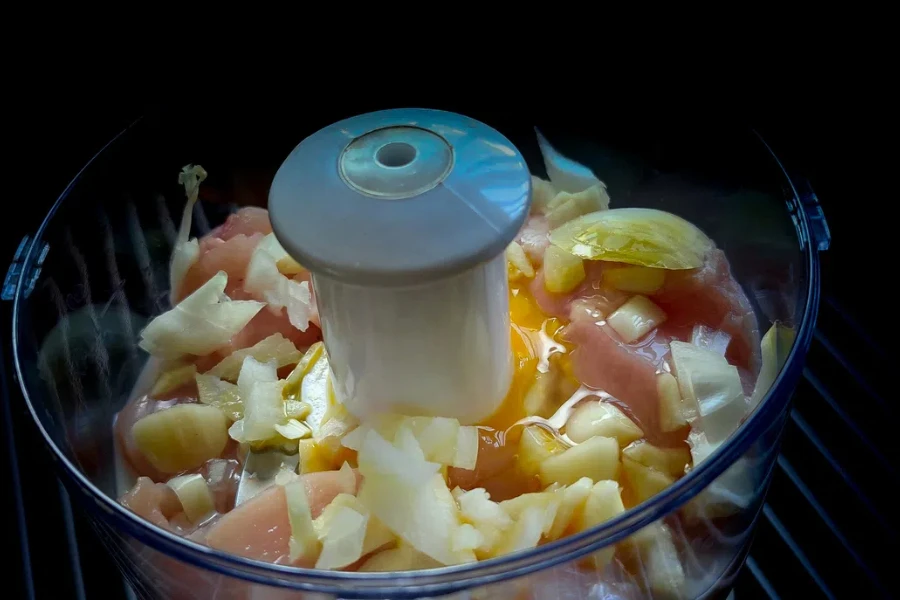
Choosing the right meat mixer involves careful consideration of various factors, including the type, performance, technical specifications, build quality, and safety standards. Incorporating modern technology and ensuring proper maintenance further enhances the functionality and longevity of the mixer. By selecting a high-quality, durable, and efficient meat mixer, businesses can streamline their meat processing operations, ensuring consistent and high-quality products for their customers.
